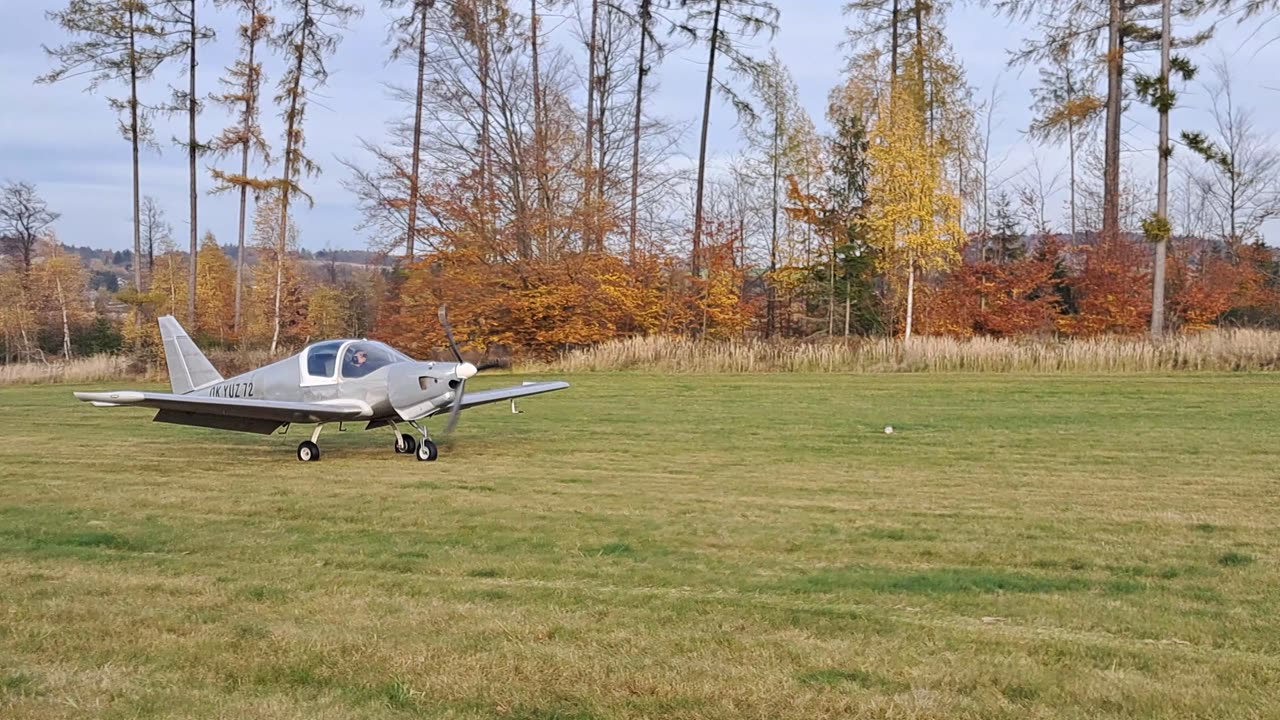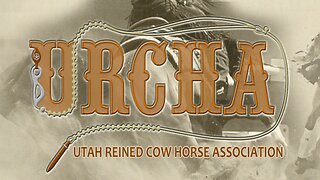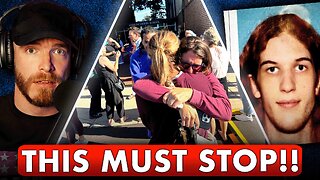Premium Only Content

The aircraft bounce, and its repair. Oprava odskoku.
In the video you can see a failed landing with a bounce on the landing area near the edge of the forest. The bounce was due to combined effects:
1. on the terrain wave of the area.
2. also due to the inertia of the aircraft and the lower forward speed
3. due to the inefficient elevator for very short landings at the same time as the heavier engine was installed.
4. the drift behind the forest, over which the wind was blowing from the pilot's left. The drift deprived the aircraft of lift at a critical moment.
In the video you can also see the bounce correction:
1. bringing the airplane to level flight
2. briefly adding throttle to deflate the tail surfaces to gain more authority at the turbulence point- the drift behind the forest.
3. To bring the airplane to stall
4. For the ROKOAERO NG or Bristell type, bringing the airplane up to three wheels and then braking hard to reduce the length of the landing is most effective.
Na videoukázce vidíte nepovedené přistání s odskokem na přistávací ploše u hrany lesa. K odskoku došlo díky kombinovaným vlivům:
1. na terénní vlně plochy
2. také důsledkem setrvačnosti letounu a nižšší dopředné rychlosti
3. díky málo účinné výškovce pro velmi krátká přistání současně s instalovaným těžším motorem.
4. svůj podíl měl i úplav za lesem, přes který foukalo z leva z pohledu pilota. Úplav letadlu ubral vztlak v kritické chvíli.
Ve videu vidíte i opravu odskoku:
1. přivedení letounu do horizontálního letu
2. krátkodobé přidání plynu k ofouknutí ocasních ploch k získání větší autority v místě turbulence- úplavu za lesem.
3. Uvedení letounu do výdrže
4. U typu ROKOAERO NG, nebo Bristell je nejúčinnější přivedení letounu na tři kola a poté intenzivní brždění pro zkrácení délky přistání.
-
 LIVE
LIVE
LFA TV
4 hours agoLFA TV ALL DAY STREAM - THURSDAY 8/28/25
5,017 watching -
 LIVE
LIVE
Total Horse Channel
14 hours ago2025 URCHA Futurity | Derby & Horse Show | Thursday
103 watching -
 LIVE
LIVE
The Big Mig™
1 hour agoThe War Powers Resolution w/ David Clements
5,163 watching -
 LIVE
LIVE
Badlands Media
7 hours agoBadlands Daily: August 28, 2025
4,190 watching -
 1:43:15
1:43:15
Dear America
2 hours agoTrans Violence Against Christianity MUST BE STOPPED!!
87.1K81 -
 LIVE
LIVE
Wendy Bell Radio
6 hours agoGuns Don't Kill People
6,838 watching -
 2:05:38
2:05:38
Matt Kohrs
10 hours agoMarket Open: New Highs or Bust?! || Live Trading Futures & Options
11.8K2 -
 46:34
46:34
Randi Hipper
1 hour agoWALL STREET'S CRYPTO BET REVEALED! HINT: IT'S NOT BITCOIN!
2.18K2 -
 1:07:27
1:07:27
The Mike Schwartz Show
2 hours agoTHE MIKE SCHWARTZ SHOW with DR. MICHAEL J SCHWARTZ 08-28-2025
1.83K3 -
 2:04:35
2:04:35
Game On!
20 hours ago $3.07 earnedCollege Football Is BACK! Week 1 Preview!
36.2K2